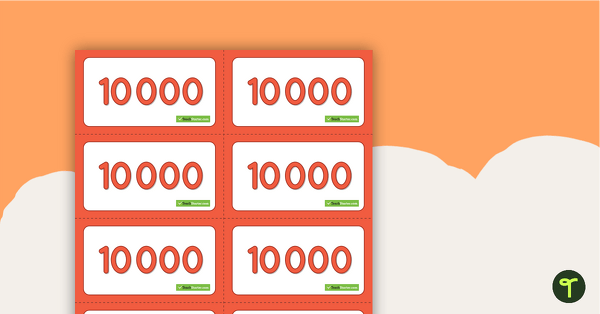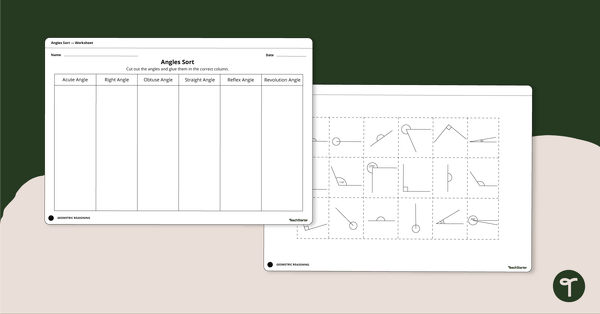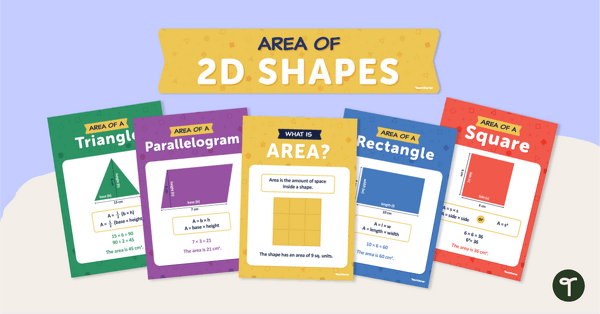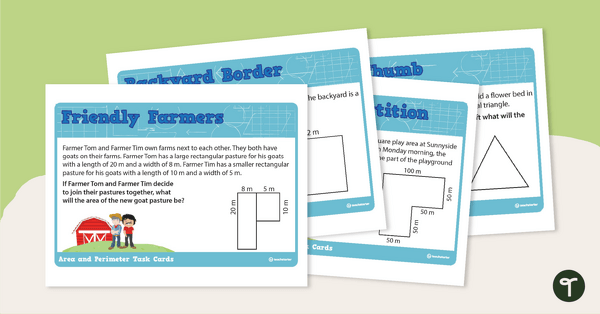A set of posters showing multiplication facts 1–12.
Print these multiplication facts posters out on A3 or larger.
Display them in your classroom to assist students when learning their multiplication facts.
Two versions of this resource are available.
On the first version, the ‘owner’ of the list of multiples comes after the multiplication sign in each number sentence, e.g. 1 x 3, 2 x 3, 3 x 3 and so on.
On the second version, the ‘owner’ of the list of multiples comes before the multiplication sign in each number sentence, e.g. 3 x 1, 3 x 2, 3 x 3.
Please select your preferred option from the drop-down menu above.












0 Comments
Write a review to help other teachers and parents like yourself. If you'd like to request a change to this resource, or report an error, select the corresponding tab above.